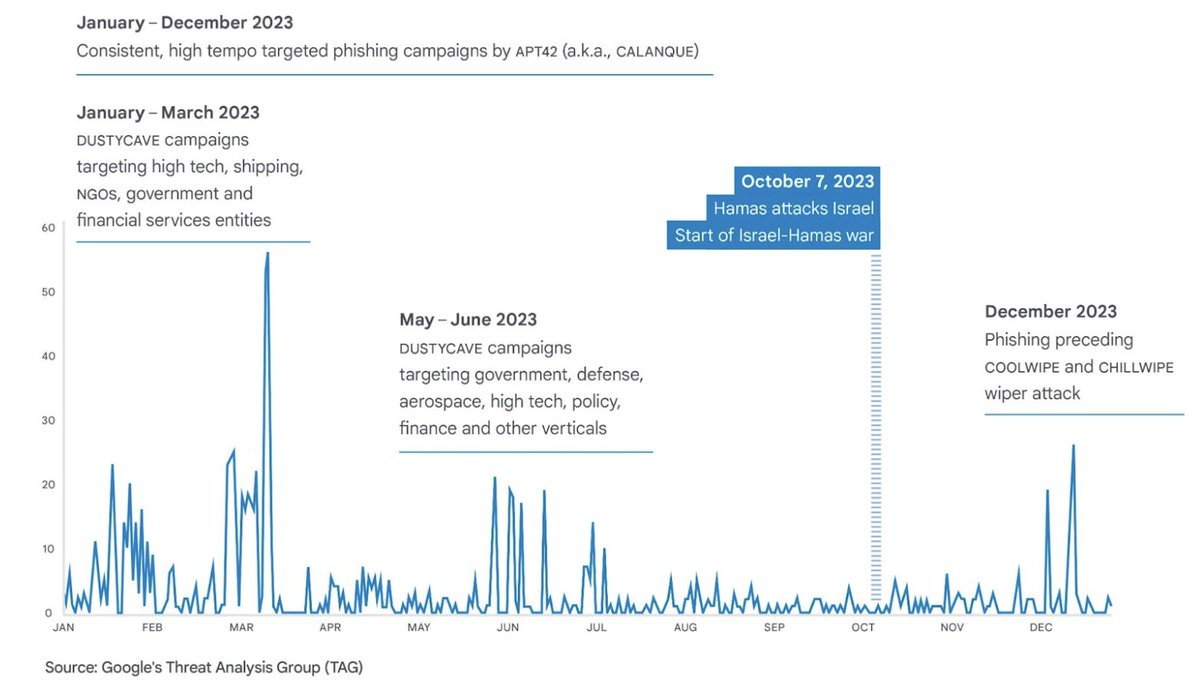Kids need a better relationship with technology but the proposed ban is a perfect example of the politician's fallacy.
1. Something must be done.
2. This is something.
3. Therefore, we must do this.
The implementation challenges and 2nd order consequences are scary. (1/9)
1. Something must be done.
2. This is something.
3. Therefore, we must do this.
The implementation challenges and 2nd order consequences are scary. (1/9)
https://twitter.com/AlboMP/status/1854709778515476730
Firstly, defining "social media" is tough. Different apps have very different properties and challenges. There's no clear line between "social media" and straight up communications or educational websites. (2/9)
Age verification is *hard*. Accounts are shared, borrowed and stolen. Validating government ID will inevitably result in personal data being stolen or misused. Many Australians have real reasons not to link govt id with their profile. (3/9)
The internet is global and Australia is small. Will the next great learning and education platform just decide that Australia's unclear laws aren't worth the risk and Australian kids end up just locked out? (4/9)
Circumvention will be common and routine. Circumvention tools and systems will push disrupt real moderation and controls and expose users to other risks. (5/9)
It's much easier to fight bullying, harassment and harmful content on major platforms than it will be if youth are inevitably pushed to underground forums. (6/9)
It's really tempting for some to think we can just pass a quick law and we go back to some golden age where kids just played outside, went to the library and watched well controlled and rated TV shows.
It's not that simple! (7/9)
It's not that simple! (7/9)
So, we could end up disrupting the benefits of the modern internet, creating new privacy and security risks for all Australians, while our youth move on to more dangerous and unregulated spaces.
We deserve better than this and a more well thought out response. (8/9)
We deserve better than this and a more well thought out response. (8/9)
All of these thoughts are solely my own, based on my global experience with the Internet and cybersecurity and as an Australian parent.
(9/9)
(9/9)
• • •
Missing some Tweet in this thread? You can try to
force a refresh






